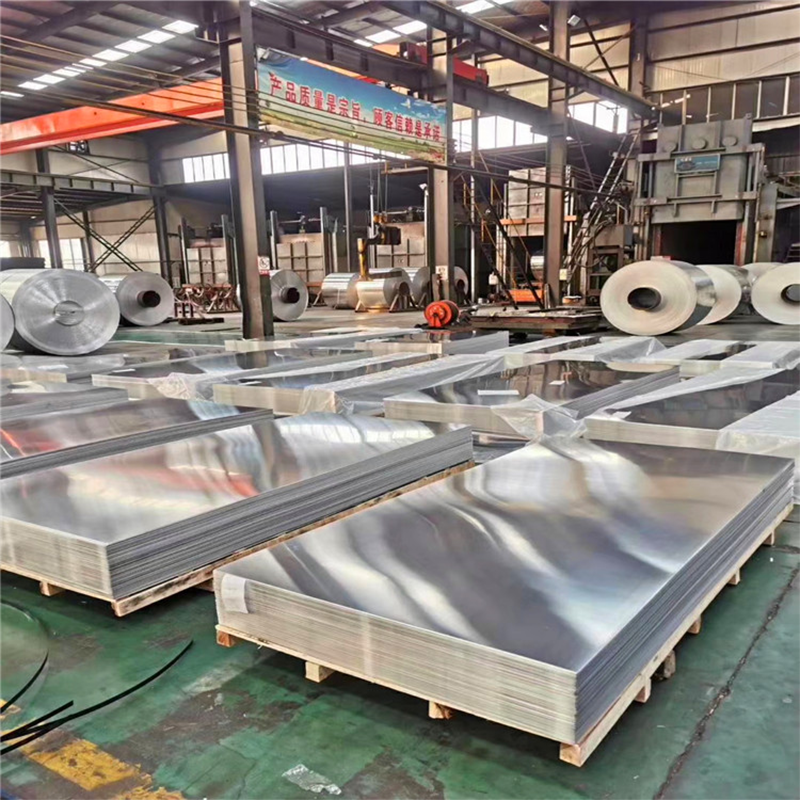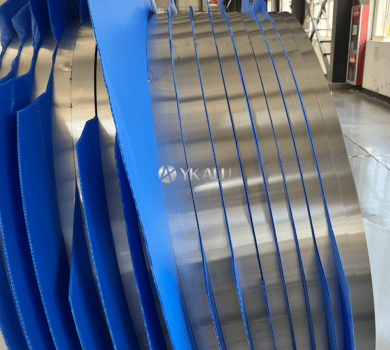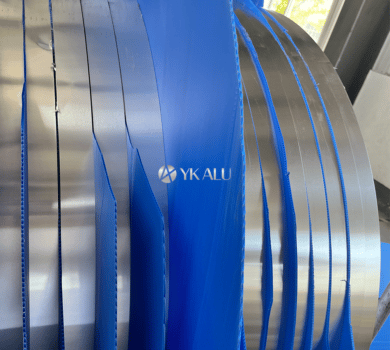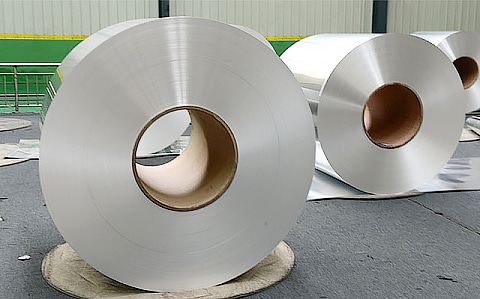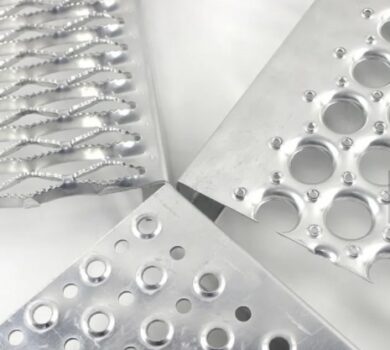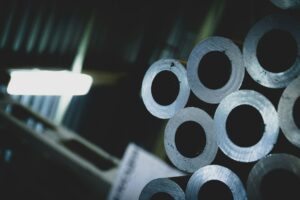01
Organizational structure and working rules
For the mold manufacturing department, different companies have different affiliations. Some are fitters who are responsible for follow-up of all matters of the mold, and some have TE and production management to follow up all matters of the mold. The author uses the first mode for management subdivision. The advantages of this mode are quick response and high efficiency.
1. Design department–ESI review, mold design
Mainly responsible for the preliminary ESI review, mold design, information communication with customers, product review, and technical support for quotations, etc. If the product is single and the mold with a short cycle can be used as standard parts, such as pressing blocks, wear-resistant sheets, limit columns, braces, inclined guide columns, etc., even the front and rear molds and row positions can also be designed as standard parts, which greatly speeds up the new mold. manufacturing cycle.
2. Machining department-programming, CNC, EDM, EDW, gong grinding
Mainly responsible for processing and production allocation, the processes can be coordinated and intersected, so that the processing section can be kept fully unobstructed, and the blocked process can be transferred to the next process in time, which can greatly reduce the back and forth coordination among various groups, shorten the time for mutual communication, and enable The mold can be put into production in time to ensure the quality and delivery time of the mold.
3. Assembly department–mold assembly, TE mold modification, polishing
The fitter is responsible for the execution of mold assembly, modification of mold scheme, and mold maintenance. Adopt the master responsibility system, follow up the details of the responsible mold, including the progress of materials, processing, and standard parts, and be responsible for the final delivery time of the mold and whether the quality of the mold is qualified. TE is mainly responsible for following molds, leading the formulation of mold modification plans, structural review in the mold design stage and other related mold technology issues.
4. Planning and Process Group (PMC)
Make a production plan and follow up the production progress. Formulate the working hours of parts, calculate the cost of molds, handle exceptions, process layout of parts processing, etc.
02
Detailed system construction and on-site management starting from processing
1. CAM programming group
CAM programming plays a vital role in mold production. Unreasonable programming or insufficient technical ability of programmers may cause a workpiece to be processed by CNC machine tools by more than 2 times or more. For secondary development of UG, programmers uniformly use UG processing templates, establish UG tool libraries, and uniformly set parameters without adjusting too many parameters, which can reduce the tediousness and errors of manual input processing parameters, improve programming work efficiency and improve The machining efficiency of CNC machine tools and the improvement of machining accuracy can save at least a quarter of manpower, and can improve the use efficiency of machine tools.
The technical level of programming is directly related to the quality, precision and work efficiency of CNC, EDM, wire cutting, gong grinding and assembly.
1) Formulate standard UG mold processing templates and plug-ins for all programmers to apply. In order to improve programming efficiency and reduce errors, including tool speed, feed speed. Determine the reasonable processing parameters such as mold core, insert, mold base, electrode, etc., strictly implement the programming program to control the NC speed, prevent the CNC program from being changed in the workshop, and improve efficiency.
2) Write the program according to the single line and single tool number, which is convenient for easy operation in the CNC workshop, and does not need to be programmed separately.
3) Formulate a complete programming manual guide, including steel, graphite, copper, and specific processing guidelines.
4) Secondary development of LINK graphic files to reduce manual operations and improve efficiency.
5) Secondary development of the program list, paperless operation after maturity, the CNC workshop can open the PDF file and install the tool.
6) Electrode automatic discharge, cooperating with EDM, secondary development of automatic discharge, the basic concept is that the operator installs the electrode, divides the workpiece, opens the CNC file automatically generated by programming, and automatically discharges, including automatic completion of XYZ data, discharge parameters Automatic setting, current pulse width, etc.
7) Automatic detection of workpieces, secondary development in cooperation with QC, automatic detection, the basic concept is that the operator installs electrodes on the three-dimensional, after the centering, opens the CNC file automatically generated by programming, and automatically measures the relevant detection points.
8) Collect and summarize common programming mistakes, and formulate “Common Abnormal Problems in CNC Mold Programming” for programmers to learn and eliminate programming abnormalities.
9) Programmers work in accordance with the “CNC Programmer Work Specifications”, “CNC Mold Programming Parameter Standards”, “CNC Mold Programming Common Abnormal Problems”, the responsibility of programmers needs to follow up the NC progress of their own programming molds.
10) Programming After completing a set of molds, list the programs and electrodes and distribute them to NC, EDM, wire cutting, and mold rooms. All relevant personnel can clearly and timely understand the progress of their required programs or electrodes. NC, EDM, wire cutting, and mold room can be arranged in time according to the overall schedule of molds.
11) Programming Participate in the design review and check the design in the early stage of design. After the design is completed, a processing review meeting will be held. The programmer will disassemble the electrode at the first time and issue the order sheet, then write the electrode program to produce the discharge drawing, and then write the steel material program. And fill in the relevant progress information on the progress sheet.
2. CNC machining group
The CNC group is an important department of mold manufacturing, and its processing quality and efficiency are directly related to the success or failure of the mold. This team needs to effectively combine hardware and software with hardware resources, operators, production technology processes, and departmental specifications, so that the production quality and efficiency can fully meet the production requirements.
The automatic tool magazine is used to clamp the tool for workpiece processing. When purchasing a machine tool, it is best to choose a machine tool with a closed tool magazine. The machine tool uses an open tool magazine. It is also easy to get stuck, and it will also lead to a great reduction in machining accuracy. For example, if there are too many deviations in the tool clamping of the machine tool, it may also cause the workpiece to be scrapped.
The transmission method is LAN connection, one computer controls multiple CNC machine tools, which is easy to manage and saves computer hardware costs.
The CNC machining electrodes need to use the EROW or 3R system with quick clamping, which is used synchronously with the spark machine. All electrodes do not need to be read every minute, and can be processed by directly calling the programming program. All the parts need to be processed by the operator. Clamping The workpiece and the programming program are called. The processing feed speed of all programs is controlled by the programming program. In order to standardize and unify the processing speed and prevent the operator from arbitrarily controlling the processing speed of the machine tool, the operator is required to turn on the feed knob switch of the machine tool. It is enough to reach 100%, and then the machine tool will automatically change the tool and process automatically. After processing, you only need to check whether the workpiece is qualified, then clean it up, and get off the machine.
The mid-term plan uses an external pre-adjustment table to correct and center the workpiece before machining, and directly machine it to save clamping time. Long-term planning uses an automatic production line system.
1) Hardware machine tools, software programs, implement programming and automation.
2) The operator can perform fool-proof operations in a fool-proof way, just install the knife according to the program, and there is no need to modify the program’s speed, feed, etc. Prevent manual errors.
3) Cooperate with programming to realize paperless operation. Save costs and improve efficiency.
4) Strictly implement the three inspections (initial inspection, mutual inspection, self-inspection), and the three nos (don’t let go if you don’t find out the reasons, don’t let go if you don’t implement preventive measures, and don’t flow out of unqualified products).
5) Check the accuracy and wear of the tool after machining to ensure that the quality and accuracy of the workpiece after machining can reach the FIT mold once. No file usage phenomenon.
6) The knives in the tool magazine are checked regularly every day, and unqualified knives are replaced in time.
